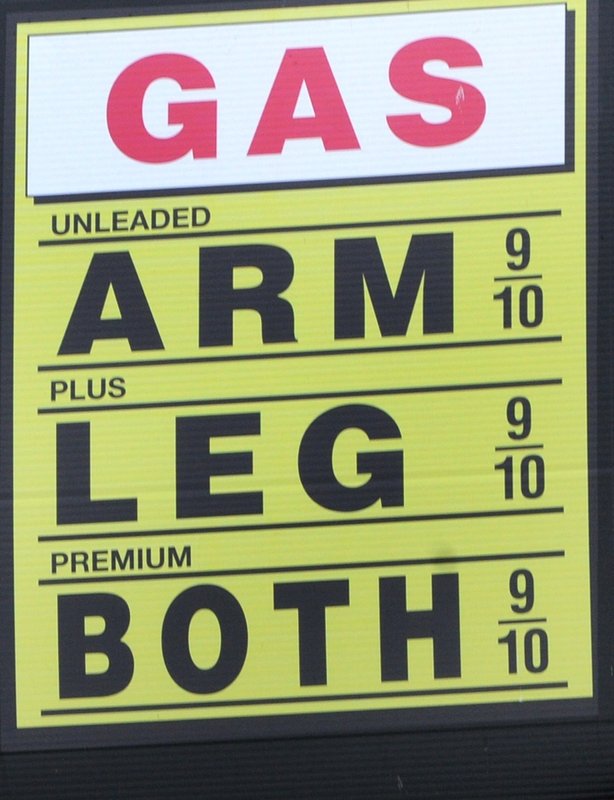
With summer almost here, fun — and higher gas prices — are likely right around the corner.
There are a variety of reasons why gas prices in Southern California fluctuate throughout the year, especially during summer, when consumers take to the roads for seasonal vacations. One reason for higher summertime gas prices, of which many consumers are not aware, is that gas, too, is seasonal in California.
“Our (state’s) air-quality requirements mandate a special blend of gasoline not used by many, if any, other states in the summer, so basically the California supply is pretty much limited to what California’s 17 oil refineries produce,” said Marie Montgomery, spokesperson for the Automobile Club of Southern California.
Montgomery said that though every year is different, there are seasonal trends in fuel consumption and gas prices that tend to repeat over time.
“How it usually goes is that we get a big spring price hike almost every year,” Montgomery said. “That price spike usually peaks in May before Memorial Day.” She added that spring is sprung where gas price are concerned because springtime is when refineries switch over from one blend of gasoline to another.
“We have two blends of gasoline, a summer blend and a winter blend,” she said. “The winter blend is for cooler temperatures, and summer is for warmer. There’s a certain date, that varies by region, when gas stations are required to start selling the summer blend of gasoline.”
The change-over from winter to summer gasoline blends typically isn’t an easy transition, she said.
“Refineries have to taper off production of the winter blend and start producing the summer blend every year,” Montgomery said, “and it’s difficult to predict how much they’re going to need of everything. The summer blend is more expensive to produce — by about 12 cents a gallon or so.”
Patrick DeHaan, senior petroleum analyst with GasBuddy.com, a Minnesota-based company that operates websites and mobile apps reporting fuel prices to the public, noted California’s higher gas prices are a trade-off for cleaner air.
“It’s important to remember why it began,” he said. “The summer gasoline requirement was a critical part of the Clean Air Act. It was approved with overwhelming support by Congress and signed into law by President George H.W. Bush in 1990. That’s why the Environmental Protection Agency (EPA) regulates the volatility of conventional gasoline sold at retail stations during the summer smog season (June 1 to Sept. 15), to reduce evaporative emissions that contribute to smog.”
Reformulated Gasoline (RFG), DeHaan said, was mandated for those metro areas with the worst smog beginning in 1995.
“It’s blended to burn cleaner than conventional gasoline, reducing emissions of smog-forming and toxic pollutants,” he said.
But DeHaan noted there’s also a trade-off with the change-over from winter to summer gas blends in terms of price going up in exchange for better performance and gas mileage.
“Cars like warm weather a lot better than the punishing cold,” he said. “Winter gas contains more butane, and the fuel diluted with ethanol and/or butane typically lowers fuel economy by 1 to 3 percent due to lower energy content. Gasoline sold in warmer months has a higher energy content, which results in better gas mileage.
“Heat reduces your oil’s viscosity, and that reduces drag on the engine and increases your gas mileage,” he added. “Your car’s engine operates more efficiently when the oil flows like water, not sludge.”
Founded in 2000, GasBuddy.com developed as an initiative to provide consumers access to local current gas prices. Through the GasBuddy.com website and the free GasBuddy mobile app, users can find and share gas prices with fellow drivers, saving at the pump.









